Art has always been a unique form of human expression. From ancient cave paintings to modern masterpieces in galleries, it’s a medium that allows us to convey our thoughts, emotions, and imagination. However, in recent years, a new tool has emerged in the world of art, and it’s not made of paintbrushes and canvases. It’s Artificial Intelligence (AI), and it’s changing the way we think about creativity.
AI in the world of art may sound a bit strange at first, but the impact it has made is undeniable. Artists and tech enthusiasts have embraced this new medium as a powerful tool for pushing the boundaries of their creativity. Here, we’ll explore how AI art as a tool for creativity is influencing the art world and what industry experts have to say about it.
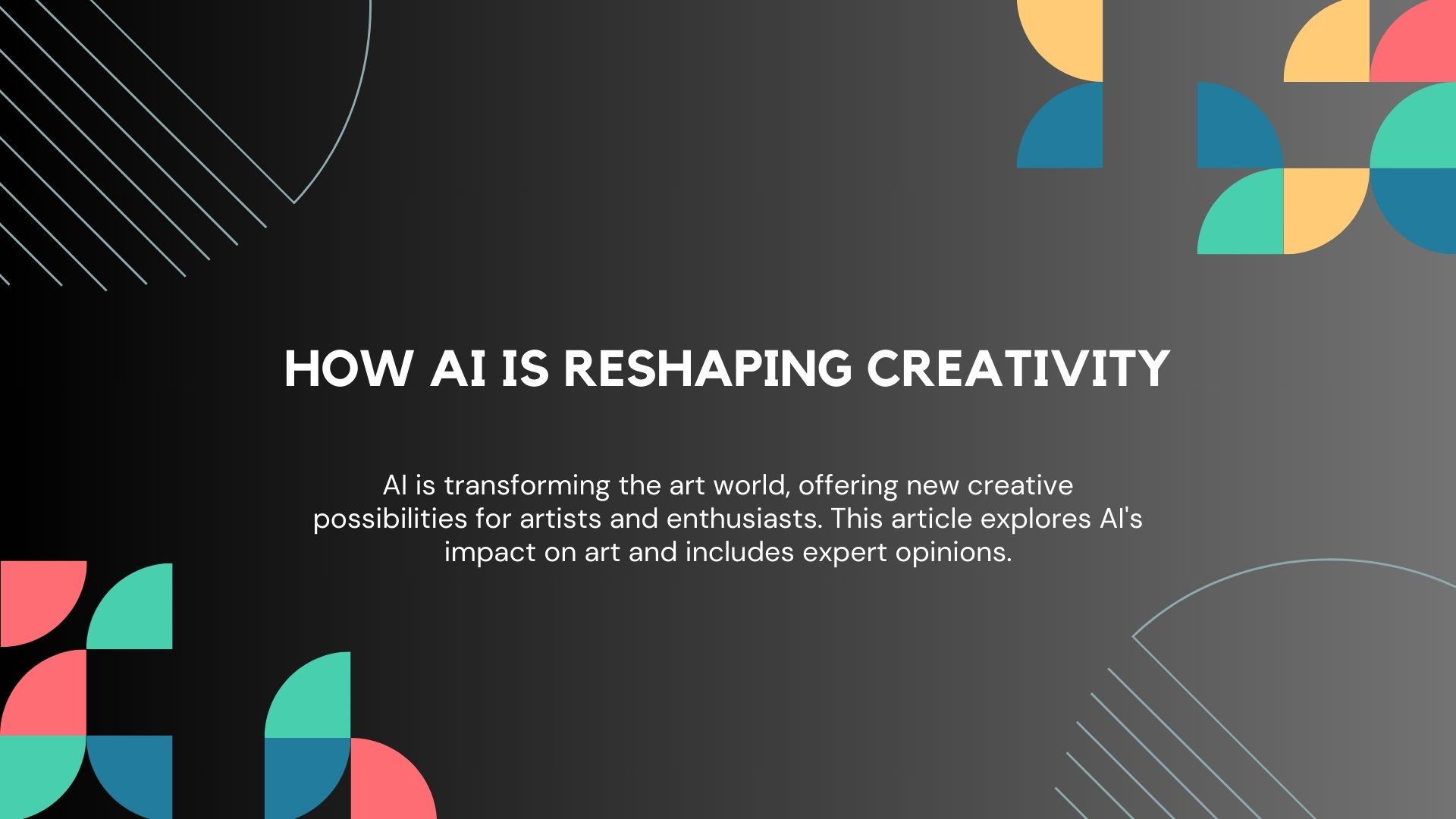
How Generative AI Enhances Human Creativity in the World of Art?
Art and creativity have always been at the heart of human expression. But now, with the help of artificial intelligence (AI), we’re witnessing a whole new dimension to our creative potential. AI could be a fantastic tool for unleashing the creative human spirit. It can analyze massive datasets of art created by human artists and learn from them. By understanding these patterns and styles, AI can create art that’s both inspired by the past and unique in its own way. This synergy of humans and AI has even led to art competitions where AI-generated images stand alongside those created by human artists. It’s a thrilling exploration of the boundaries of creativity in the digital age. Some even argue that AI art should have a place in the Museum of Modern Art, sparking debates about the very definition of creativity and art created by human artists. In this article, we’ll delve deeper into the exciting world where humans and AI, with AI Art as a tool for creativity, come together to explore new realms of artistic expression.
AI’s Creative Collaboration
Some artists have started collaborating with AI, working hand in hand with the technology to create artwork. This partnership has led to some astonishing results, blurring the lines between human and machine-made art.
Peter Selmeczy, Head of Growth at AutoSEO states, “At AutoSEO, we’ve incorporated Dall.e 3 into our creative process and have seen firsthand the transformative impact it has. Here’s a detailed breakdown:
Rapid Prototyping: With Dall.e 3, our team can quickly generate multiple visual concepts based on a single idea, allowing for faster iteration and decision-making.
Diverse Visual Ideas: The AI’s vast training data enables it to produce a wide range of artistic styles and interpretations, providing our designers with a broader spectrum of inspiration. Not only that, for some of our blog post images we’re able to prompt in a way to receive exactly what we’d like!
Collaborative Tool: Rather than replacing human creativity, we see Dall.e 3 as a collaborative tool. It serves as a brainstorming partner, offering visual suggestions that our designers can refine or build upon.”
Exploring the Synergy of Human Creativity and AI in the Art World
You know, it’s pretty amazing how human artists and generative AI, like DALL-E 2, can work together nowadays. With a simple prompt, they can create something truly unique. The AI-generated art they produce is like a blend of human creativity and machine learning with AI Art as a tool for creativity. The algorithm behind it can replicate different styles and ideas, giving birth to visually striking digital art. It’s like a midjourney between human and AI, and it’s fascinating to watch these generators at work. They use AI to stable diffusion and compute beautiful pieces of visual art, making it a fantastic fusion of technology and creativity.
Unleashing Imagination with AI
Artificial Intelligence, as we know it today, is not about machines becoming artists; it’s about machines assisting artists, particularly with AI Art as a tool for creativity. AI algorithms can analyze vast amounts of data, recognize patterns, and generate new and unique art pieces. This can help artists explore different styles, experiment with color palettes, and generate novel ideas.
As per Mano Tsiris, Head of Marketing at onecliq, “How can AI art generators be used as a tool to enhance the creativity of tech professionals, such as graphic designers and illustrators, and what are the potential limitations of this technology?
AI, in itself, doesn’t truly enhance the inherent creativity of tech professionals but rather serves as a catalyst for inspiration. While these models can suggest and generate content, they do not necessarily produce entirely novel creations. The true potential of AI in enhancing creativity lies in the synergy between the tool and the user.
It really boils down to the prompts you feed them. In my eyes, while AI is a nifty tool, our tech folks should still venture outside, soak in the world, and not just let AI be their sole muse. This tech shines when users grasp that it’s just a tool, not the whole kit and caboodle. We, as humans, have to lean on our own instincts, experiences, and gut feelings. The key is understanding that AI is a part of the creative process, not the entirety of it.
Sure, AI can help us flesh out some wild ideas, but someone who wasn’t the creative type before AI probably won’t morph into an artistic whiz with it. I personally find my creative ideas through watching YouTube videos on what other industries are doing, then utilizing Ai to help me find ways to tailor them to my use case. It’s all about how you wield the tech.”
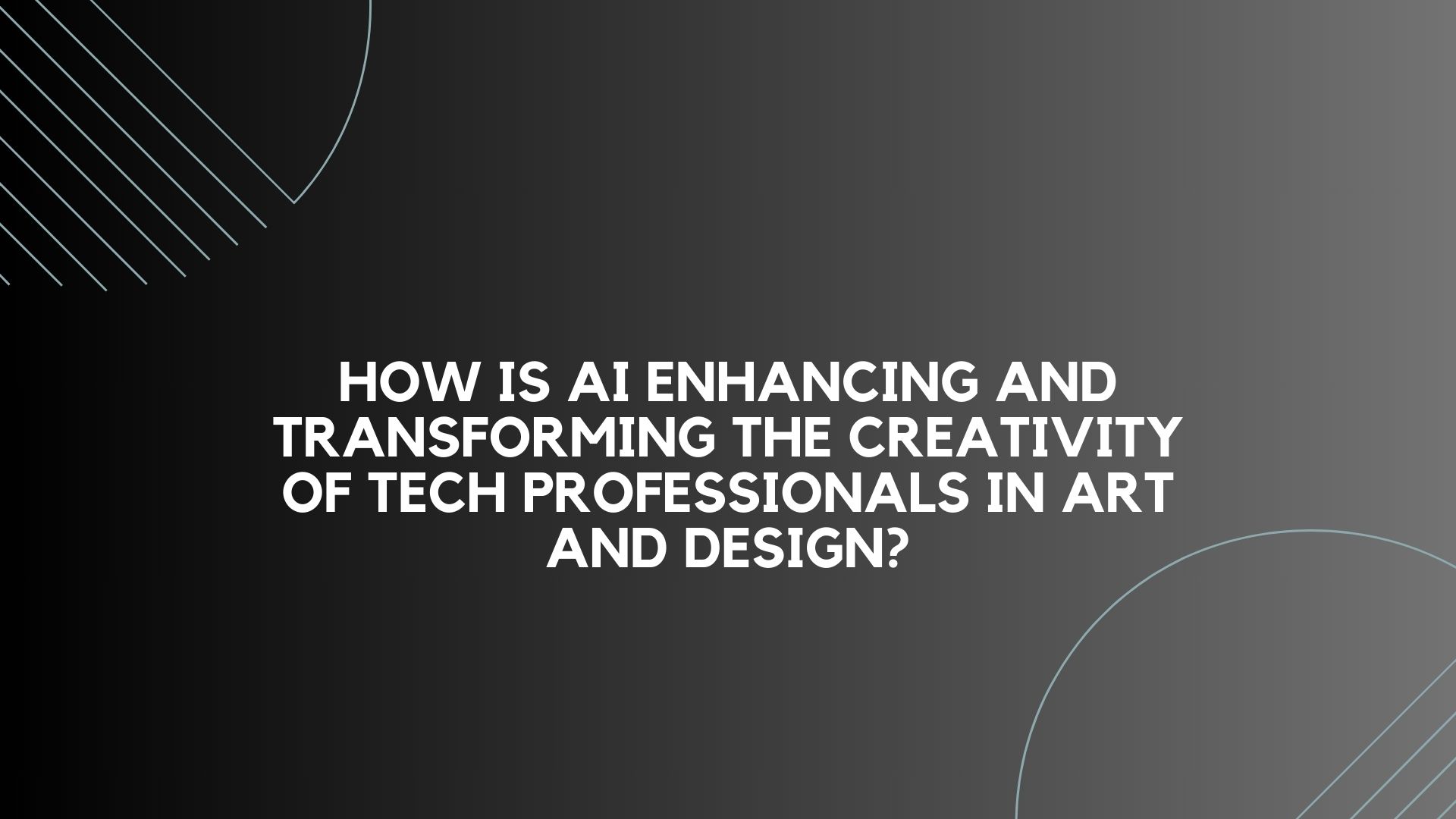
Ethical Considerations in AI Art as a Tool For Creativity
While the use of AI in art is exciting, it comes with ethical questions. Who owns AI-generated art, the artist or the AI system? Can AI perpetuate biases present in its training data? These concerns need careful consideration as AI with AI Art as a tool for creativity, continues to influence the art world.
As per Max Maybury, The co-owner of AI-Product Reviews, “Art generators have come a long way in recent years, especially regarding deep learning and AI-powered generative models. GPT-3, GPT-4, and other models have shown incredible powers to create art and content. This is great news for industries like marketing, where personalized visuals can help boost customer engagement; interior design, where AI can help create custom pieces; and virtual reality, where AI can be used to create amazing environments.
AI-generated art needs to be ethically and copyright-friendly. Even if AI-generated, it’s important to ensure artists and creators get credit for their work. Companies and creators should also be aware of copyright and intellectual property issues. OpenAI ensures its models are used responsibly, so it’s important to have clear rules and licensing agreements to protect creators and consumers.
It’s important to remember that AI can be a great tool but can’t replace human creativity and experience. It’s all about finding a place where technology makes us better, not worse.”
The Role of Artificial Intelligence in Artistic Innovation
In today’s art scene, AI and human creativity are joining forces. AI doesn’t replace human artists but acts as a creative ally. It helps us explore new horizons, redefine creativity, and expand art’s impact. It’s an exciting partnership, blending the best of both worlds.
Here are the key takeaways that highlight the transformative relationship between AI and creativity in the world of art and technology, specifically focusing on AI Art as a tool for creativity:
- Art and Creativity Unleashed: The use of AI technology and tools has unleashed new possibilities for artists to explore their creativity.
- A Collaborative Journey: AI is not here to replace human art but to collaborate with it, enhancing the creative process and opening up new horizons.
- Computational Creativity: With AI programs and image generators, we witness the rise of computational creativity, where data and algorithms meet human imagination.
- Expanding Art’s Impact: AI’s impact on the art world is undeniable, expanding the boundaries of what art can be and how it can impact society.
- Tools, Not Artists: Remember, AI doesn’t replace the unique essence of a creative human; it’s a tool that says, “You’re an artist, and together, we can create something extraordinary.”
In the realm of art and technology, the use of AI, with a focus on AI Art as a tool for creativity, has transformed the creative process, opening doors to innovation and collaboration while preserving the heart and soul of human-made art.
Can AI Art Generators Be the Ultimate Creative Prompt?
Art is taking on a whole new dimension with the surrounding AI buzz particularly with AI Art as a tool for creativity. Art critics are now sharing the stage with many AI art generators. Some AI companies have even opened up their algorithms as open source, allowing digital artists to experiment and create in unprecedented ways. Art contests featuring AI-created pieces are gaining momentum, challenging traditional notions of creativity. Research suggests that AI doesn’t necessarily mark the end of human creativity but rather expands our capacity to be creative. It opens up new possibilities for artists to collaborate with AI, making art that’s never been made before. So, in this evolving landscape, the lines between what’s made by a human and what’s done by the AI become wonderfully blurred, giving rise to a fascinating new era in the world of art.

Exploring Airbrush AI
Airbrush AI is a groundbreaking text-to-image generator tool that’s changing the way we think about artistic expression. Here are five features and benefits that highlight its significance in the world of AI art:
- Unlocking New Forms of Creativity: Airbrush AI opens doors to new possibilities in artistic expression. With a simple text description, it can bring to life images that art may not have explored before.
- Revolutionizing Art Creation: This tool uses artificial intelligence to create stunning visuals. It’s not just a case of AI imitating existing art; it’s about AI generating fresh, original pieces of art.
- ChatGPT Collaboration: Airbrush AI benefits from the capabilities of AI language model ChatGPT. The fusion of natural language and image generation results in a creative output that is unparalleled.
- Enhancing Art Galleries: With Airbrush AI, art galleries can introduce a whole new dimension to their exhibits. The images produced by AI can hold their own alongside human-made art, adding value and creativity to the space.
- Exploring the Implications of AI Art: In the rise of AI art, Airbrush AI showcases the potential and implications of using AI in the creative process. It’s a testament to how AI art could reshape the future of art, blurring the lines between what we perceive as “art” and challenging the very essence of creativity itself.



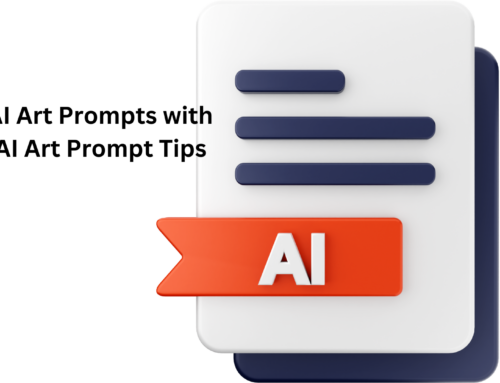
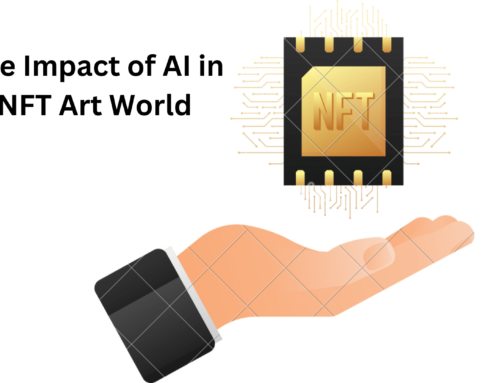
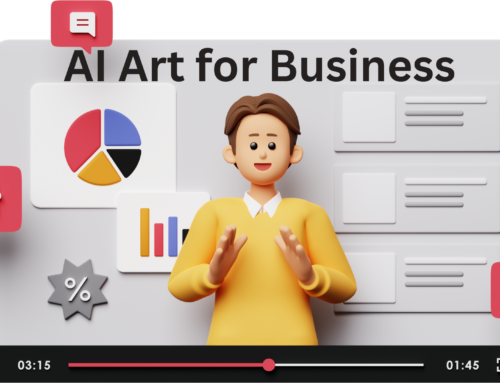


Leave A Comment